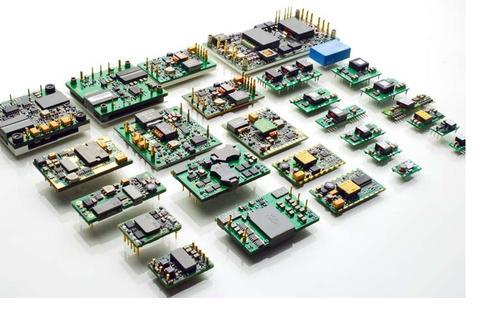What are the precautions for component testing?
Date:2024-07-26 14:00:00 Views:1845
Component testingIt is an important step in ensuring the quality and reliability of electronic products. When conducting component testing, the following aspects should be noted:

1. Preparation before testing
1.1 Confirm testing equipment and tools
· Calibration and testing equipmentEnsure that all testing equipment (such as multimeters, oscilloscopes, etc.)LCR tables, etc. have been calibrated and are working properly.
· Prepare necessary toolsPrepare test probes, fixtures, electrostatic protection tools, etc.
1.2 Environmental conditions
· Static protectionIn the static electricity protection area(Perform component testing within the ESD protection zone using anti-static wristbands, mats, etc.
· environmental controlEnsure that the temperature and humidity of the testing environment are within a reasonable range, and avoid extreme environmental conditions affecting the testing results.
2. Component testing methods
2.1 Visual inspection
· Appearance inspectionCheck the appearance of the components for physical damage, cracks, deformation, etc.
· Identification checkConfirm that the labeling on the components is consistent with the specifications to avoid mixing or misuse.
2.2 Electrical Performance Testing
· DC parameter testingMeasure the basic electrical parameters of components, such as resistance, capacitance, inductance, and forward voltage drop of diodes.
· Communication parameter testingMeasure the AC characteristics of components, such as frequency response, parasitic parameters, etc.
2.3 Functional testing
· active components Regarding integrated circuits(IC)、 Perform functional testing on active components such as transistors to verify their operating characteristics.
· passive components Conduct characteristic tests on passive components such as resistors, capacitors, and inductors to ensure that their parameters meet specifications.
3. Precautions
3.1 Correct Connection
· Avoid short circuitsEnsure that the test probe or fixture is correctly connected to the testing point of the component to avoid short circuits or incorrect connections.
· Stable contactEnsure good contact between the test probe and the component to avoid inaccurate test data due to poor contact.
3.2 Electrostatic Protection
· Anti static measuresAlways wear an anti-static wristband and and use an anti-static workbench pad during the testing process to avoid static electricity damage to components.
· Static sensitive componentsFor static sensitive components, be extra careful when handling and use anti-static packaging and storage.
3.3 Data Recording
· Accurately recordReal time recording of test data to ensure accuracy and completeness of the data.
· Data analysisAnalyze the test data to determine whether the components meet the specifications.
3.4 Safe Operation
· Low voltage operationTry to use low voltage for testing to avoid high voltage damaging components or testing equipment.
· protective measuresWhen conducting high voltage or high current tests, take necessary safety precautions to prevent electric shock or equipment damage.
4. Testing of special components
4.1 High power components
· Heat dissipation measuresWhen testing high-power components, pay attention to heat dissipation to prevent overheating and damage to the components.
· Current measurementUse appropriate ammeters and test wires to ensure accuracy when measuring high currents.
4.2 Precision Components
· High precision testing instrumentFor precision components, use high-precision testing instruments to ensure measurement accuracy.
· temperature controlEnsure stable temperature in the testing environment and avoid temperature fluctuations affecting the testing results of precision components.
5. Processing after testing
5.1 Classification of Qualified and Unqualified
· Classified storageClassify and store components that pass and fail the inspection to avoid confusion.
· Unqualified handlingMark non-conforming components and handle them according to regulations to avoid them entering the production process.
5.2 Data Archiving
· Data archivingArchive the detection data for subsequent quality traceability and analysis.
· Regular verificationRegularly review archived data to ensure its completeness and accuracy.
By following the above precautions, the accuracy and reliability of component testing can be ensured, thereby improving the overall quality and performance of electronic products.




 Weixin Service
Weixin Service

 DouYin
DouYin
 KuaiShou
KuaiShou





















